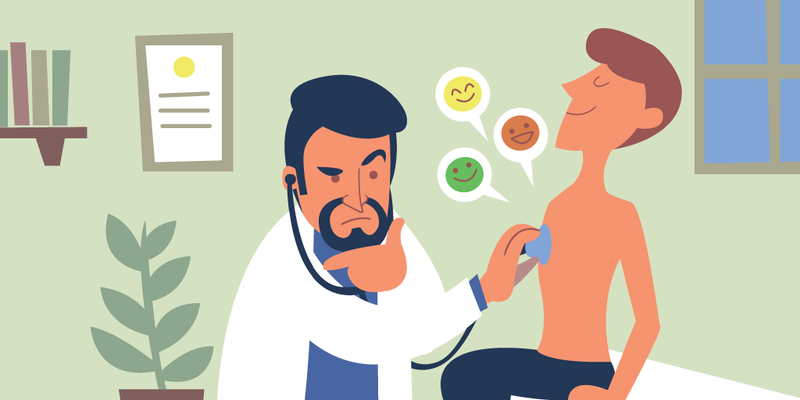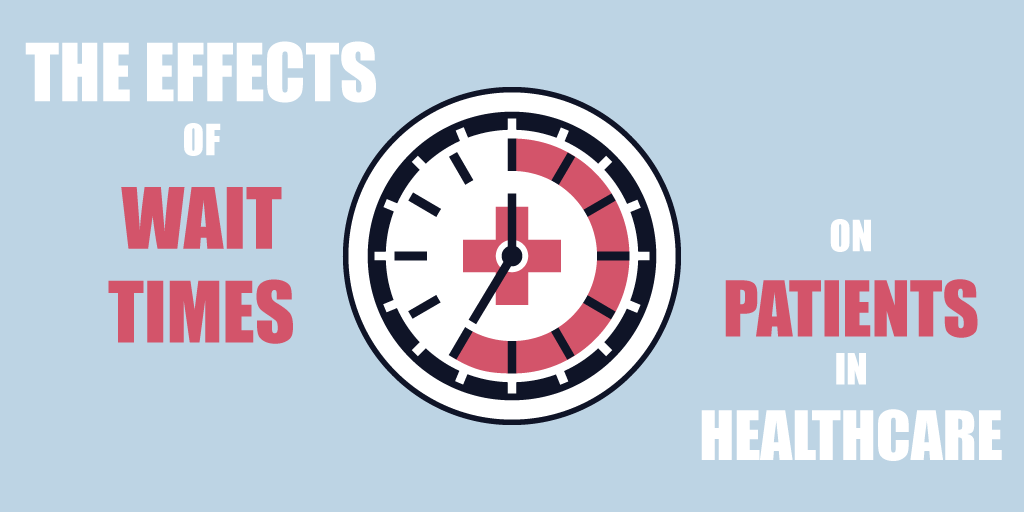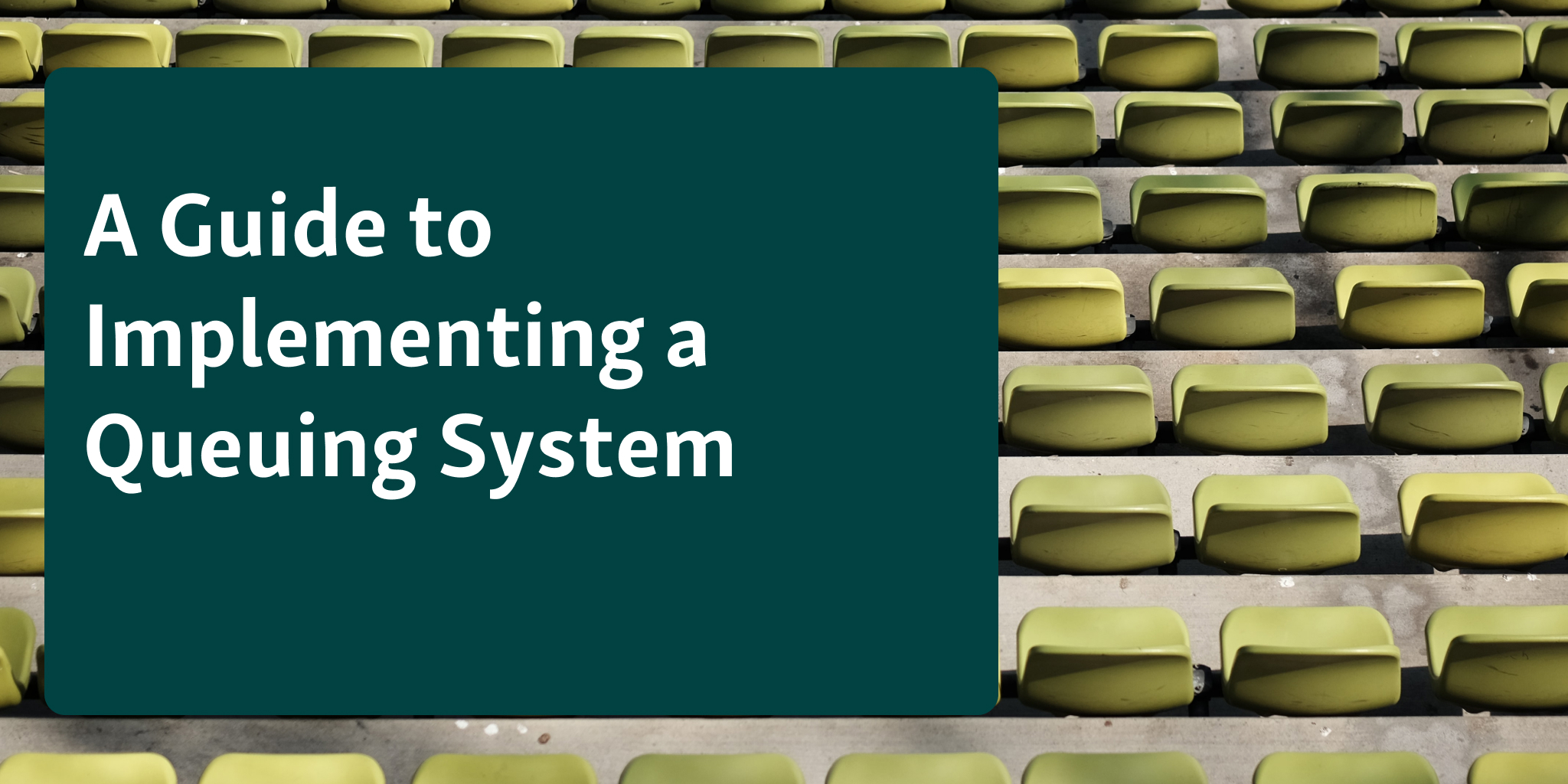Though the answer may sound obvious, this question is still worth asking: What is patient satisfaction?
To put it simply, patient satisfaction is an indicator of how well the patient is being treated.
The “how well” part refers not necessarily to the quality of care but to how content a patient is with the care they received.
Patient satisfaction is a growing factor in the effectiveness of hospital care. More and more hospitals are starting to pay attention to patient experience.
According to HealthLeaders Media's 2013 Industry Survey, over half (54%) of healthcare executives say patient satisfaction is one of their top three priorities.
Should you be one of those healthcare executives? What steps should you take to improve your patient satisfaction?
To answer this question, we need to first understand why patient satisfaction even matters.
Why patient satisfaction is important

A journey of an unsatisfied patient sounds like a mini-concert of The Rolling Stones — from Dear Doctor to I Am Waiting to I Can’t Get No Satisfaction to, finally, Goin’ Home.
It takes very little to make a patient go all the way from the first stage to the fourth. Although it’s called patient journey, it’s the nurses and doctors who need to make all the right moves.
One single misstep, and it’s all over now.
(Oh hey, another Rolling Stones reference!)
There’s a number of reasons why patient satisfaction score should be among top priorities for every medical facility.
Let’s start with the obvious one.
Patient satisfaction improves patient loyalty
You don’t need to be a psychology expert to know this: Once you receive an exceptional service, you don’t want to go back to the usual experience.
In the context of hospitals, a patient receiving services no other hospital can provide is less likely to switch their preferred medical facility.
Failing to meet your patient’s expectations means losing this patient forever. And even if it’s only a single patient, that’s one patient too many.
In the USA, the loss of a patient due to dissatisfaction equates to the loss of over 200,000 USD.
Which means patient satisfaction is not just a bonus, it’s a solid investment in the future of your own hospital.
That being said, not losing a patient can only get you so far. How about getting more patients thanks to patient satisfaction?
High patient satisfaction results in better marketability
When it comes to our health, we tend to trust our relatives over any other marketing channel.
It’s the job of advertisements to sell something, and we see them as such — marketing tools. But when we’re getting a personal recommendation, it’s another story entirely.
The psychology behind this is simple — we want to share our experiences. On average, satisfied patients tell about their positive experience to five other people.
It is a double-edged sword, though. If you fail to meet your patient’s standards, be ready that they will complain to 9 or more other people.
While some may say it’s a high-risk, high-reward scenario, if you’re approaching this matter logically, there are no risks at all.
The positive aspects of personal recommendations extend to social media and review sites such as Yelp.
The latter gives a lot of insight into the healthcare industry, as Yelp reviews strongly correlate with the overall HCAHPS hospital rating.
At the same time, 80% of the topics behind positive Yelp review are not mentioned by HCAHPS.
These topics include caring doctor, clear communication, and the level of comfort.
By delivering on these aspects, hospitals can build up their image among their patients and pull in new ones.
As a marketing strategy, word of mouth proves to be more efficient — and less costly — than the usual tactics.
How patient satisfaction affects clinical outcomes
There is another important side effect of high patient satisfaction and good doctor-patient communication. A study in the Academic Medicine observed how patients who rate their doctor’s empathy high have better clinical outcomes.
What do we mean by clinical outcomes?
In simple terms, it means that the effectiveness of your treatment depends on how much you trust your physician.
Which is to say, patient satisfaction is an integral part of hospital care.
In 77.8% of studies, patient experience was positively associated with clinical effectiveness and patient safety.
A 2009 medical review found out a correlation between doctor-patient communication and the patient’s adherence to treatment recommendations.
This means patients are more likely to trust their physician’s judgement when they feel more content with the care they receive.
Meeting your patient’s needs does more than just raise their satisfaction level, it makes your job easier.
Best strategies to improve patients satisfaction in healthcare

Now that we’ve figured out why patient satisfaction matters, we can finally answer the question of how to improve patient satisfaction at your hospital.
At first glance, achieving high patient satisfaction doesn’t seem that difficult. There are certain tactics to follow that are quite simple — or appear simple, anyway.
A modern and easy to use patient queuing system can help you to achive all of these goals easily. Let's dive in!
Treat your patients in a more personalized way
Here’s a little exercise for you: Close your eyes and imagine a hospital.
Chances are, you imagined a cold, unemotional facility that, hopefully, gets things done and quickly moves on from patient to patient.
A sterile, efficient place devoid of anything that makes it stand apart.
Perhaps this is why so many hospitals are afraid of showing even a sliver of personality. But it doesn’t mean that they should be afraid of being personal.
Here’s the thing: doctors want to be respected. In fact, 61% of surveyed physicians say that they seek respect from their patients.
But respect cuts both ways. If hospital workers want their patients to treat them the right way, they need to do the same for their patients.
Above all else, patients want to be treated like individuals and engaged with on a personal level.
Being personal is often seen as the antithesis of being objective, but there’s no reason why doctors can’t be both.
So what can you do to personalize your patients’ treatment?
Although it can be tricky to appear like you're genuinely caring, the least you can do right now is to stop appearing like you don't care.
Some things on this list make you look cold and uncaring:
Refusing to shake hands.
Avoiding eye contact.
Not asking how the patient is doing.
The importance of greeting your patients is not to be understated.
It is a simple gesture with surprising results. It reinforces the feeling of closeness between a patient and a doctor, which helps start things off on the right foot.
Satisfied healthcare workers make for satisfied patients
While healthcare is not the first thing that comes to mind when we think of “great communication”, communication is at the center of it.
During a typical stay in a hospital, a patient may interact with 50-60 employees. Each of these interactions has an impact on the way this patient feels.
When patients see that nurses are in high spirits, they will start feeling the same. Should medical staff be cold and unapproachable, patients will feel unwelcome and isolated.
As it is, the hospital setting induces anxiety and annoyance.
75% of the US patients wish their healthcare experiences were more personalized. There’s no need to further increase the frustration by ignoring your patients.
Patients want to see happy providers who attend to them in an approachable, personal way. Give them such a service and, before you know it, you will see how their attitude changes.
After all, the best thing about smiles is that they get returned.
In fact, smiling is seen as one of the most important indicators of good nursing skill.
There is a clear correlation between staff engagement and patient satisfaction. Being on good terms with your patients will not only improve their perception of your care but also make them more likely to open up.
In turn, this will make your job easier, as you will know what to deal with and how.
Respect your patients' time and privacy
Hospital visits aren’t exactly something we are looking forward to.
Everyone has a different reason to dislike being in a hospital: emotionless staff, sterile environment, poor layout — the list goes on.
But if there’s one thing people universally agree with, it’s that long wait times are a bane of any hospital experience.
As a matter of fact, 97% of patients are frustrated by waiting in hospitals.
While this number is staggering, it is also understandable. Long wait times can sour any experience, but when your health is on the line, every minute counts.
Hospital visits have become synonymous with long waiting. Some may even say it’s an intrinsic characteristic of healthcare.
But despite how used we are to spending much of our time in hospital queues, it doesn’t help relieve the anxiety associated with it. This, in turn, hits patient satisfaction.
What can hospitals do to address this problem? The solution is two-fold.
First, you need to minimize the frustration associated with waiting.
Surprisingly, even something as simple as a personal apology from the doctor is enough for 70% of patients.
Communicating the actual wait time minimizes the frustration for 80% of patients. It helps keep the perceived wait time in check by letting patients know of their status in a queue.
As you can see, the emotional side of the problem is easy to get sorted.
Then, there is a technical side.
Why are hospital wait times so long? Rather than fighting with symptoms, you need to address the cause.
And the cause is obvious — an inefficient queue management system. Time and time again we’ve spoken against sign-in sheets and hospital appointments.
The rest of the world is embracing technology, so there’s no reason why hospital shouldn’t do the same. Queuing solutions are easy to implement, and the effect of their use is apparent almost from the get-go.
What’s more, the right queue management system can help you make your services more personal and improve your staff engagement. It’s a 3-in-1 solution tailored for great hospital experience.
Bonus: Check our list of 25+ Best Patient Queuing Systems
Patient Satisfaction: An Important Factor for Hospital’s Well-Being

Patient satisfaction plays an ever-increasing role in the way hospitals are judged. The perception of care is almost as important as the quality of care.
Introducing these changes to the hospital culture is difficult but necessary.
Healthcare is an industry that directly affects people’s lives at their most vulnerable moments.
Making sure it does so in a pleasant, satisfying manner pays off for everyone.
“Making the world a better place” may sound like your typical throwaway objective, but the point still stands.
Everyone in healthcare wants this world to be a happier, brighter place for all.
And the first step on the way to this goal lies through understanding patient satisfaction and putting empathy first.




![The Ultimate Waiting Room Checklist: 65+ Ways to Enhance Your Space [PDF]](/static/img/cms-blog/9Nb3bvvnMqH4j9SnqQLtw/improve-waiting-room-checklist.png)

